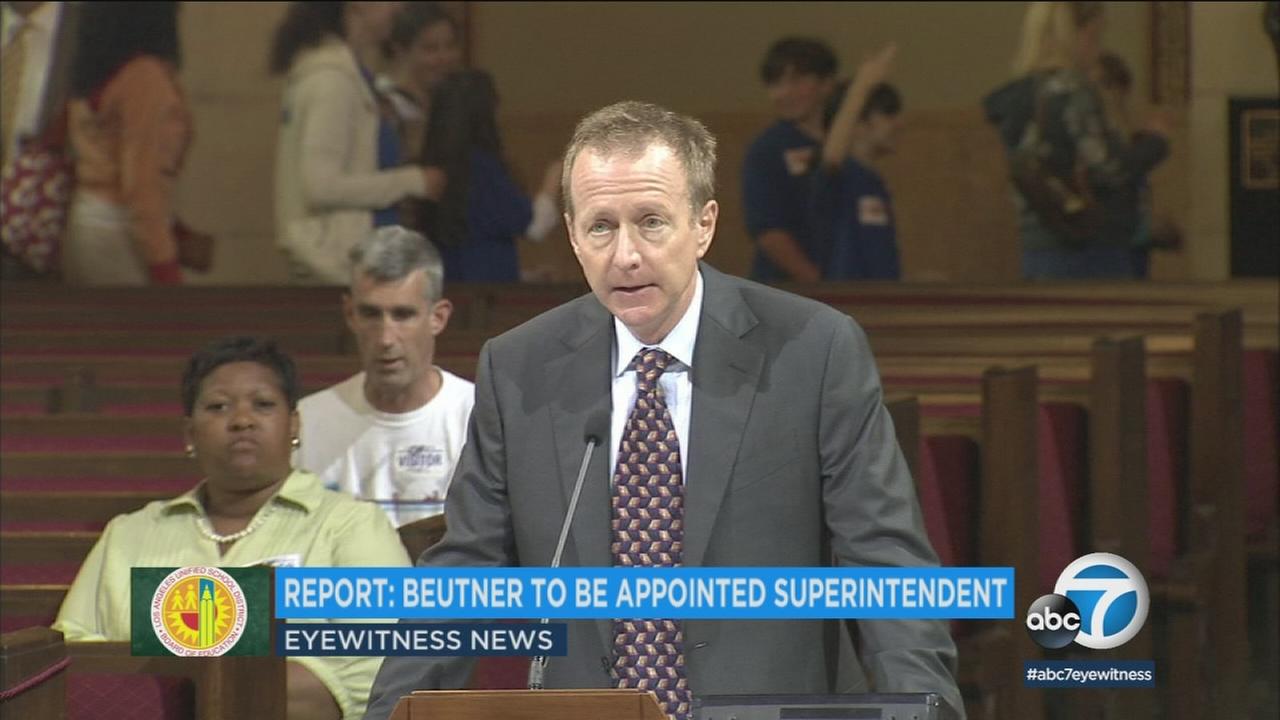(Duplicate first page – keep scrolling, please.)
It’s game time! We have reached the most important stage in “Ted Rall v. Los Angeles Times et al.”
Let me explain.
From the beginning of this case attorneys have told me that the toughest barrier to clearing my name and getting my day in court would be California’s anti-SLAPP law, a statute frequently used by publications to defend themselves against defamation lawsuits.
Upon being sued a defamation defendant can file an anti-SLAPP motion. Discovery cannot begin until it is resolved. If defendant prevails, plaintiff’s case is thrown out and plaintiff pays defendent’s legal fees. If plaintiff prevails, the case begins discovery, subpoenas, etc. A lower court, the California Superior Court in Los Angeles, heard the LA Times’ anti-SLAPP motion. They ruled for the Times, awarding them $356,000 in legal fees.
But that decision is automatically appealable de novo (without consideration for what the lower court decided). So I appealed to California’s Court of Appeals.
We filed an Opening Brief. The Times filed a Reply Brief. This is our Reply Brief to their Reply. No more briefs now. Now we wait for the court to assign a hearing date. At that date or shortly thereafter, probably in early 2019, the Court of Appeals will hear oral arguments.
Although lawsuits are always long and time-consuming and stressful, most attorneys believe that a jury will side with me in this matter, rather than the Times/LAPD.
Please read the brief!
I look forward to reading your thoughts and comments. This case is important to me, but it also has sweeping implications for employment law and the freedom of journalists to operate free of censorship by government agencies and officials.





